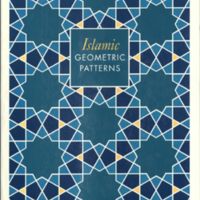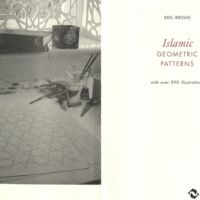Islamic Geometric Patterns
Dublin Core
Title
Islamic Geometric Patterns
Description
Geometric patterns are perhaps the most recognizable visual expressions of Islamic art and architecture. Now, with the aid of this book, anyone can learn how to master this ancient art and create intricate patterns or re-create classic examples.
Creator
Eric Broug
Publisher
London : Thames & Hudson
Date
2008
Contributor
"Translated from the Dutch "Islamitische geometrische patronen zelf ontwerpen en maken" by George Hall, [2006]"--Colophon.
Table Of Contents
The basics : Squares ; Hexagons ; Pentagons ; Combinations ; Design tips -- Step-by-step construction : Level 1. Easy : The Great Mosque of Cordoba, Spain ; The Great Mosque of Kairouan, Tunisia ; Mustansiriya Madrasa, Iraq ; Esrefoglu Mosque, Turkey ; Cappella Palatina, Sicily, Italy ; The Koran of Rashid al-Din, Iran ; The 'Abd al-Samad Complex, Iran ; The Great Mosque of Damascus, Syria -- Level 2. Intermediate : The Great Mosque of Herat, Afghanistan ; The Alhambra, Spain ; The East Tower of Kharraqan, Iran ; The Huand Hatun Complex, Turkey -- Level 3. Difficult : The Mosque of al-Salih Tala'i, Egypt ; Ben Yusuf Madrasa, Morocco ; The tomb of Jalal al-Din Hussein, Kyrgyzstan ; The Mosque of al-Nasir Muhammad, Egypt ; Mamluk Koran, Syria ; The tomb of Bibi Jawindi, Pakistan ; Qarawiyyin Mosque, Morocco.
Text Item Type Metadata
Original Format
Book
Citation
Eric Broug, “Islamic Geometric Patterns,” Humanities Hub, accessed December 17, 2025, https://humanitieshub.sdsu.edu/omeka/items/show/1837.


